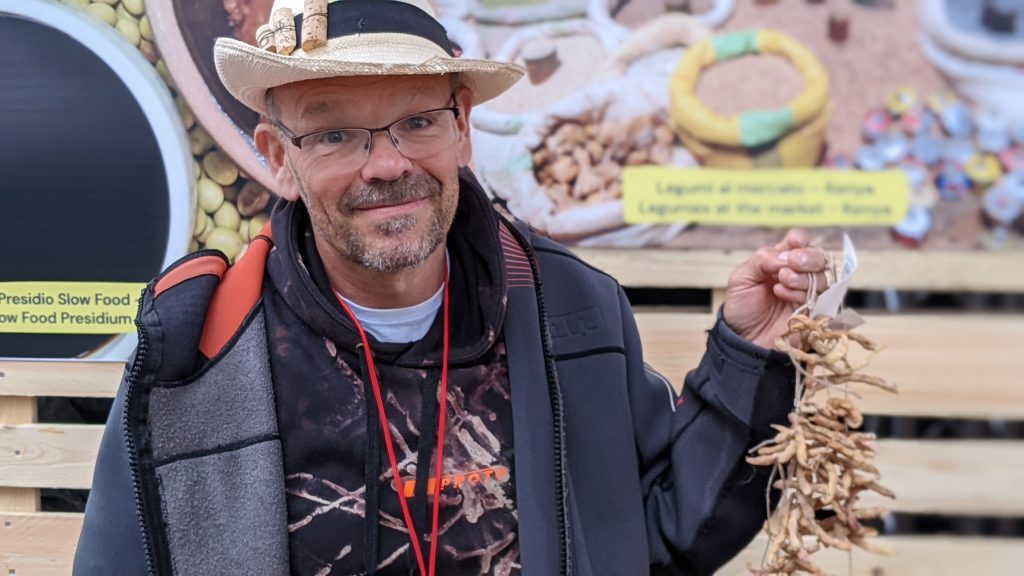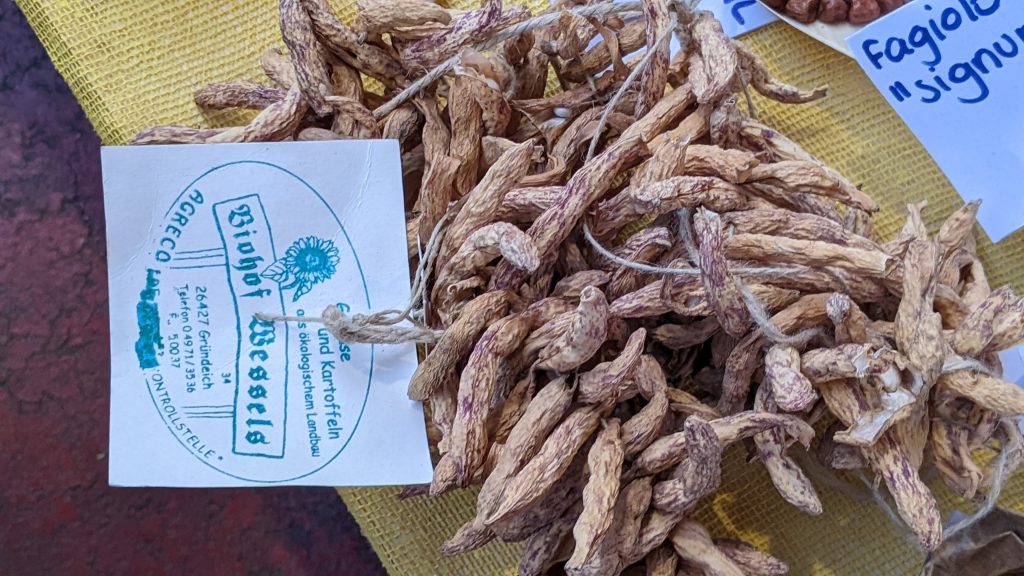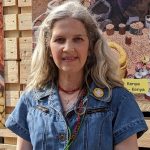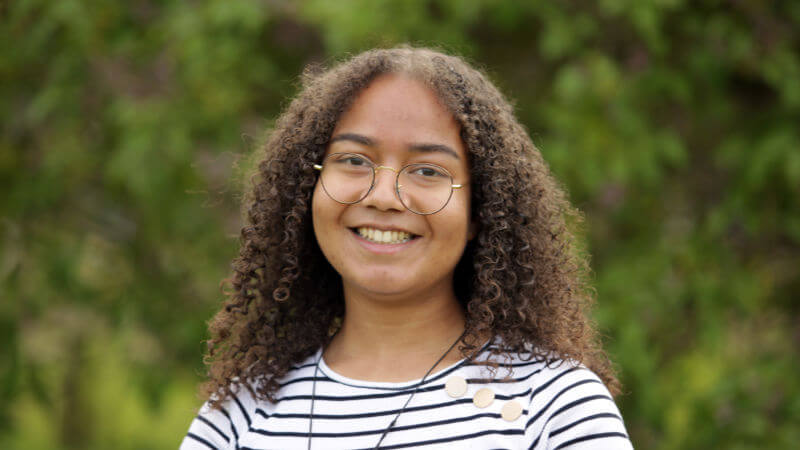Ever heard of “Updrögt beans”, mysterious name for a traditional method of preserving beans?
Michael Recktenwald – Chef of the SlowFood Chef Alliance and resident of Langeoog, one of the seven Islands in East Phrygia where those beans originate – shared the story of the beans with the Global Bean team, and now, with you.


“The most beautiful Island in Germany” he called it.
The producer behind the beans
The producer of these beans and Michael’s friend, 84, is one of the last farmers who carries on with this tradition alongside his wife, 87.

He is the one supplying Michael’s restaurant Seekrug with fresh, seasonal, produce – plucked directly from the field on the previous day – for Michael’s daily changing menu. On his organic farm, Biohof Wessels (AGRECO), he grows a wide arrawy of traditional old vegetables, cucumber, traditional pumpkin varieties, and also, these beans.
Michael Recktenwald is the owner of the langooger Genussmanufaktur. He lives on a small island in the Lower Saxony Wadden Sea National Park. Almost all year round he, his family and team collect herbs and wild fruits, which they process with the regional specialties of farmers from the region to unique, but simple, dishes. He is also a member of the Slow Food Germany Chef Alliance, a network of chefs and their partners, which connects gastronoms from all around the world.
The Updrögt Bean method: how does it work?
20-30 years ago, one could see these bean arrangements on every food market in the region. They are made with a special kind of green beans, called “Hinrichs Riese” (the Great Henry). One has to collect them when they are yellow, and let them dry on the roofs of the house, after piercing every single bean with a needle and arranging them on a thread.
Nowadays, only a handful of farmers – among which Michael’s friend – do it, as it is a tremendous amount of work and a lot of customers aren’t willing to pay the price anymore: 10 euros for one bean garland. The amount of beans however can feed 10 people, so… one euro per person is actually a great deal!
Cooking the Updrögt beans
After soaking them overnight, the traditional way is to cook them with bacon or potatoes, for 45 minutes to one hour. Instead of water, one can use meat or vegetable broth. Once the beans are soft, add peeled potatoes and mash them. Traditionally, they are served with sausages, but they also work great with grilled vegetables like onion, pumpkin… Possibilities are endless!
Sidenote: Michael demonstrated one recipe with the Updrögt beans, beetroot and roasted pumpkin at the cooking event “Give peas a chance”, co-organized by Global Bean, SlowFood and SlowFood Germany. It is available in the Global Bean recipe collection.
Special snippet of knowledge
Usually the pod around the bean “seeds” is removed, which is the way most beans were displayed at the Terra Madre Bean Exhibition in Torino. The skin of the Updrögt beans however is very thin and can be eaten with the beans once cooked.
There is a saying…
These were the words of Michael’s friend:
“I will take my knowledge in the couple of next years to god. And I have no one who will go on this.”
There is a saying that, no tradition truly dies until it is forgotten. So… Are you ready to listen to the story and keep it alive?





